Texas school shooting: why it took 400 police 77 minutes to stop killer
Report into massacre offers scathing assessment of law enforcement response
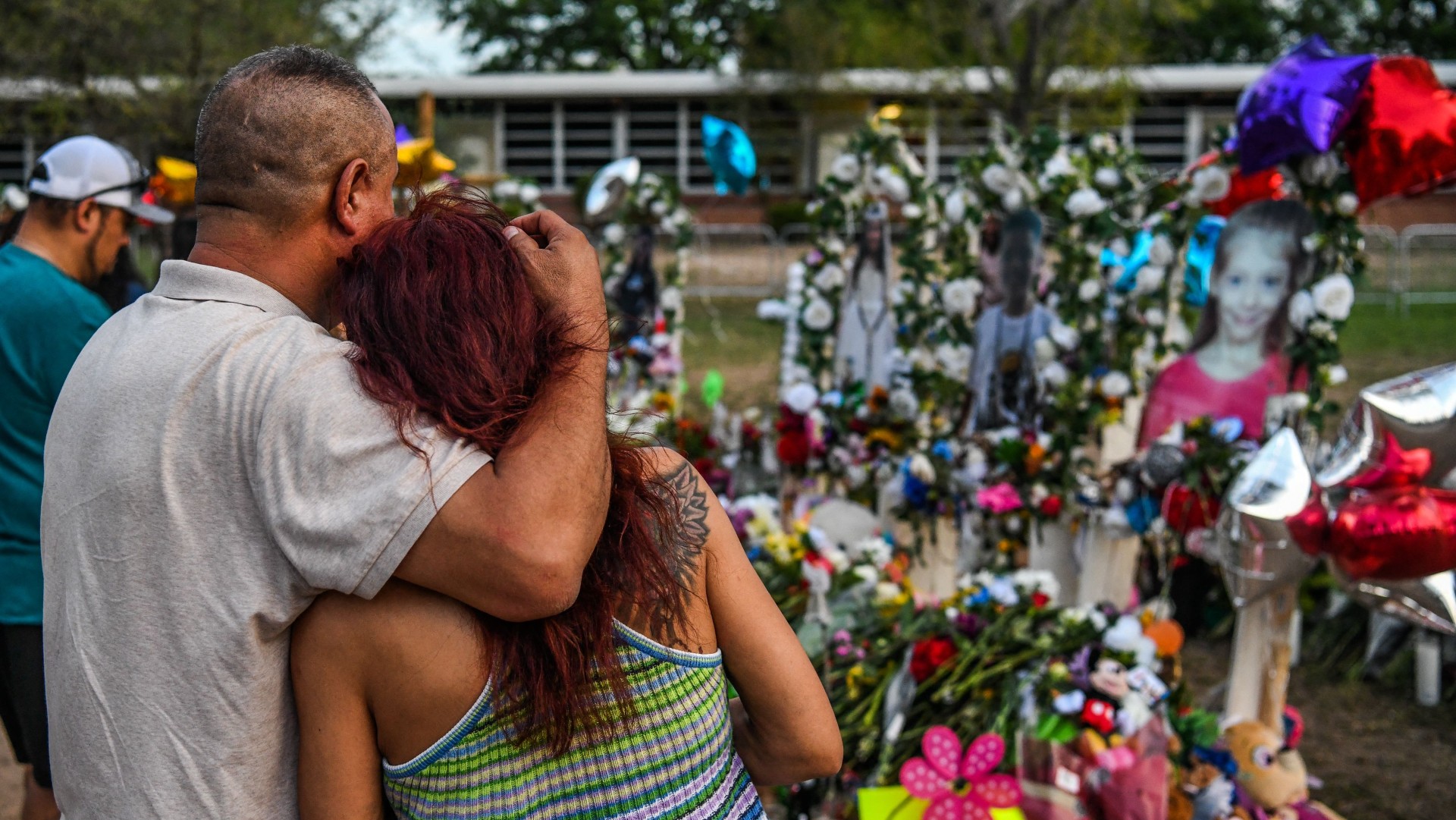
An investigation into the Uvalde school massacre in Texas has found “systematic failures and poor decision making” in every law enforcement agency responding to the attack, suggesting a swifter response by police could possibly have saved lives.
Nineteen students and two teachers were killed when Salvador Ramos opened fire in his former fourth-grade classroom at Robb Elementary School in May this year.
The interim report by the Texas House of Representatives committee investigating the incident sets out in detail what took place during the 77 minutes between the gunman opening fire and the police finally storming the school. In a scathing assessment of emergency services, the report asked why none of the nearly 400 local, state and federal law enforcement officers at the scene that day moved to lead the response sooner.
The Week
Escape your echo chamber. Get the facts behind the news, plus analysis from multiple perspectives.

Sign up for The Week's Free Newsletters
From our morning news briefing to a weekly Good News Newsletter, get the best of The Week delivered directly to your inbox.
From our morning news briefing to a weekly Good News Newsletter, get the best of The Week delivered directly to your inbox.
The Uvalde schools police chief Pete Arredondo, who wrote the district’s active shooter response plan, testified that he did not consider himself to be in charge on the day. He was placed on administrative leave last month and has since resigned.
However, the BBC reported that “there were responders from numerous agencies on the scene – many better trained and better equipped than the school district police – who could have helped to take control of the situation”.
Aside from widespread failures by authorities on the day of the shooting itself, the The Texas Tribune said the report also “points to a trail of missed signs leading to one of the worst mass shootings in Texas – one that was months in the making”.
The paper said that a year before the massacre, the gunman had already earned the nickname “school shooter” and never received special education services despite being identified as “at-risk” in school reports.
A free daily email with the biggest news stories of the day – and the best features from TheWeek.com
The Washington Post said the aim of the report “was to bring much-needed answers to Uvalde families struggling to trust anyone with authority in Texas amid competing narratives about how the children and teachers were killed”. It added that while the report said it was not clear whether lives could have been saved with a swifter response, “it left open the possibility”.
-
 Could smaller cars bring down vehicle prices?
Could smaller cars bring down vehicle prices?Today’s Big Question Trump seems to think so, but experts aren’t so sure
-
 2025’s most notable new albums
2025’s most notable new albumsThe Week Recommends These were some of the finest releases of the past year
-
 Trump aims to take down ‘global mothership’ of climate science
Trump aims to take down ‘global mothership’ of climate scienceIN THE SPOTLIGHT By moving to dismantle Colorado’s National Center for Atmospheric Research, the White House says it is targeting ‘climate alarmism’
-
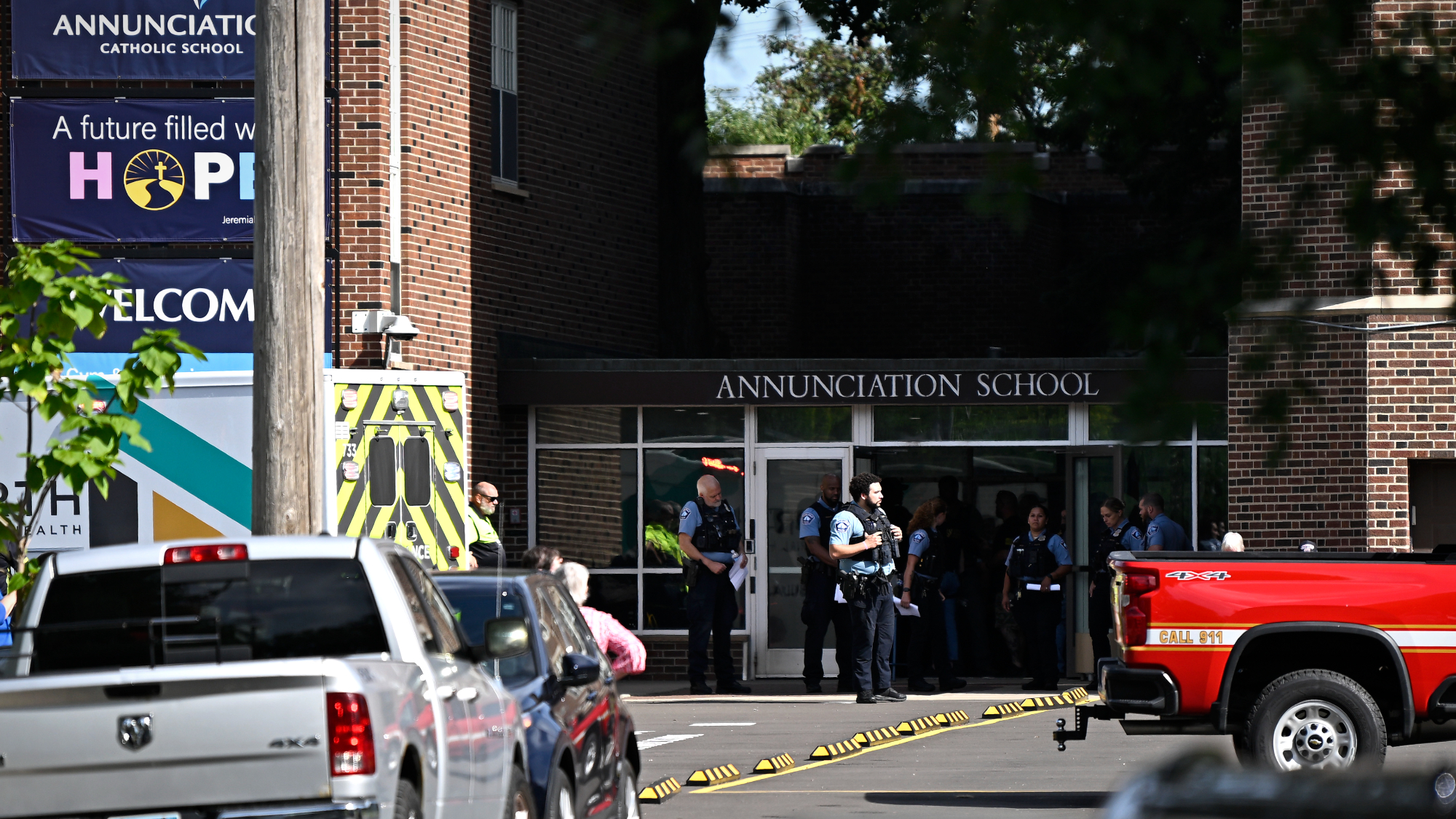 2 kids killed in shooting at Catholic school mass
2 kids killed in shooting at Catholic school massSpeed Read 17 others were wounded during a morning mass at the Annunciation Catholic School in Minneapolis
-
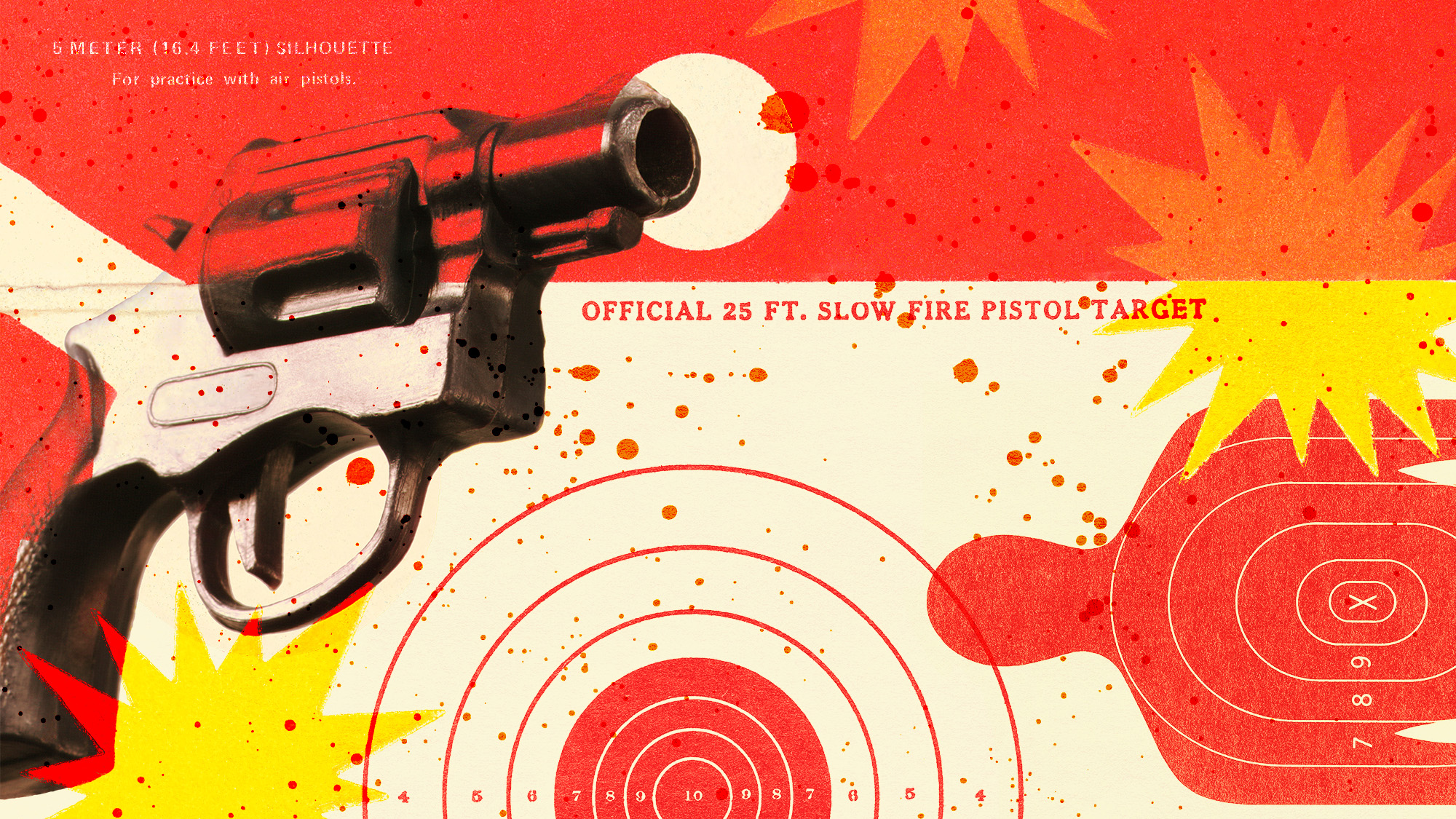 Trump lambasts crime, but his administration is cutting gun violence prevention
Trump lambasts crime, but his administration is cutting gun violence preventionThe Explainer The DOJ has canceled at least $500 million in public safety grants
-
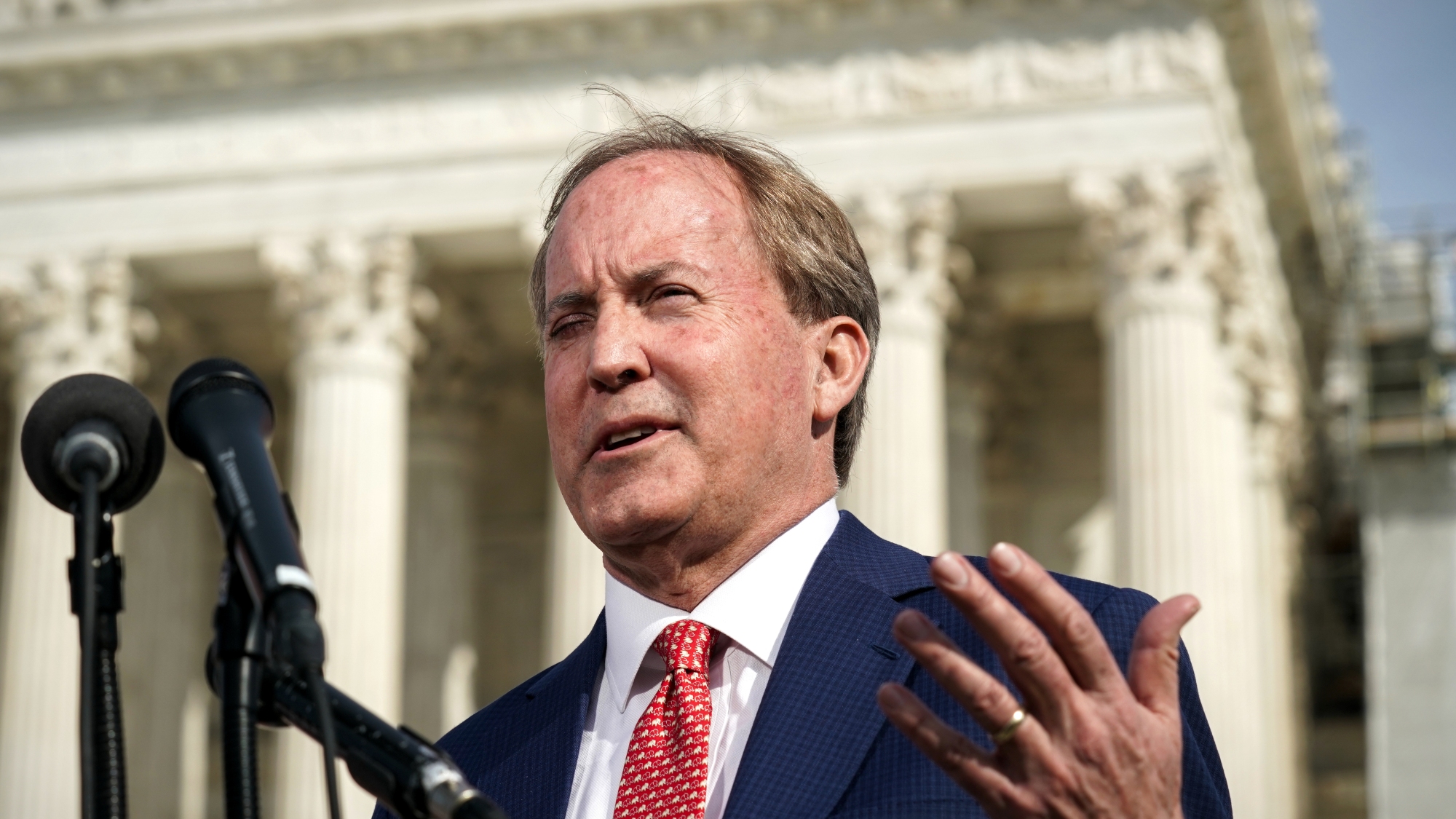 Texas arrests midwife on felony abortion charges
Texas arrests midwife on felony abortion chargesSpeed Read Maria Margarita Rojas and an employee at one of her clinics are the first to be criminally charged under Texas' near-total abortion ban
-
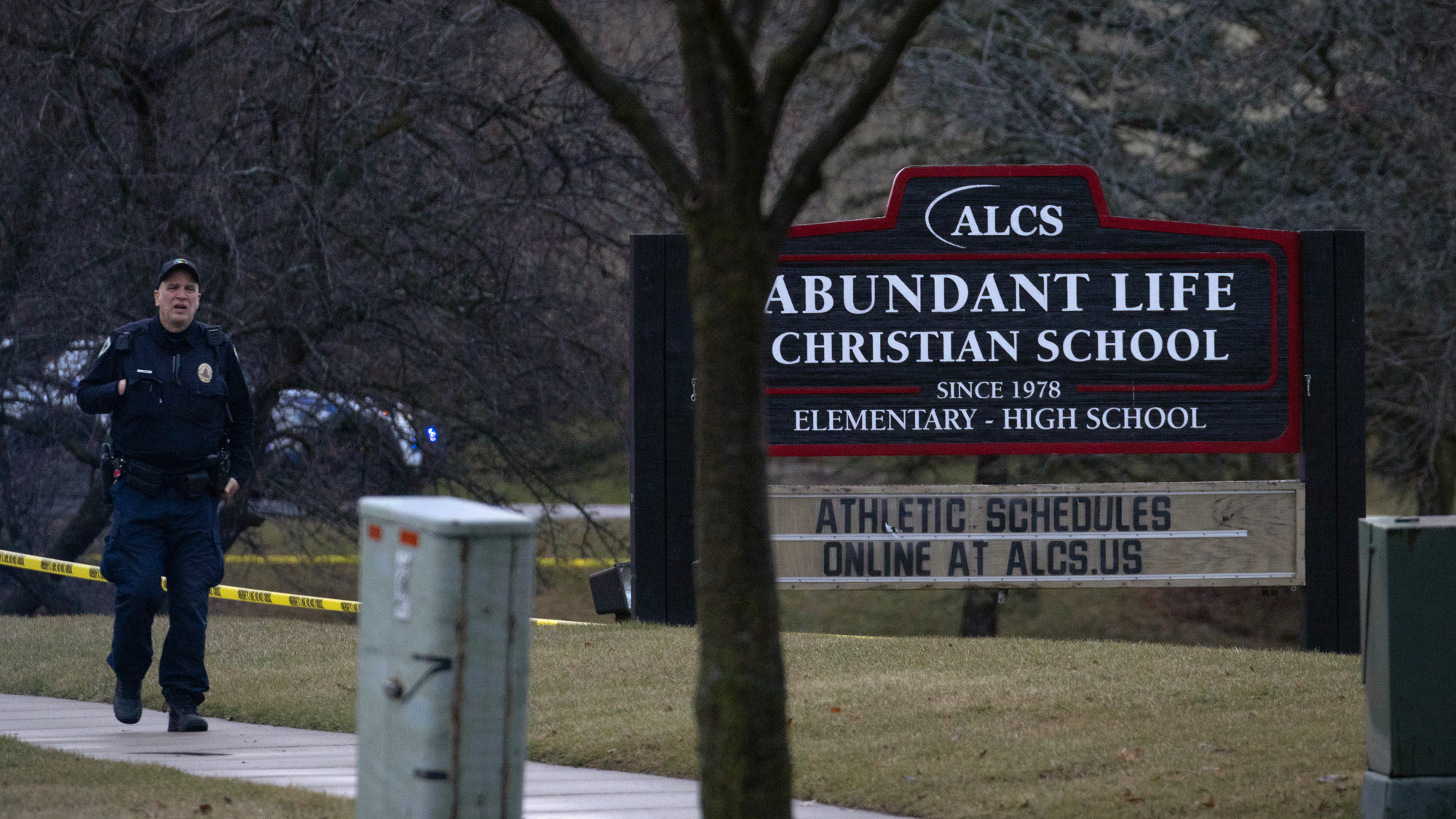 Teenage girl kills 2 in Wisconsin school shooting
Teenage girl kills 2 in Wisconsin school shootingSpeed Read 15-year-old Natalie Rupnow fatally shot a teacher and student at Abundant Life Christian School
-
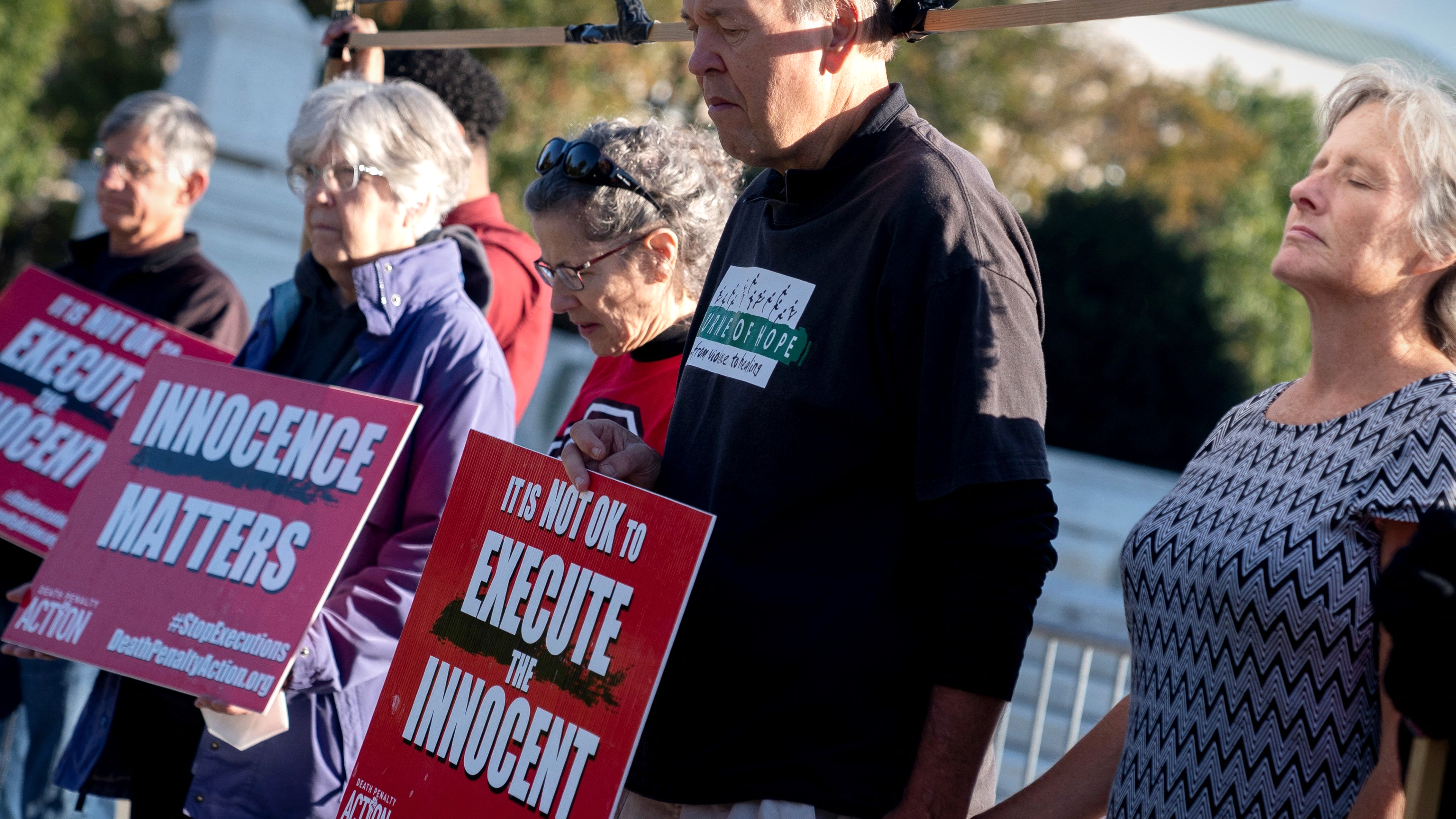 Texas set to execute dad in disputed 'shaken baby' case
Texas set to execute dad in disputed 'shaken baby' caseSpeed Read Robert Roberson's hotly contested execution would be the first ever tied to shaken baby syndrome
-
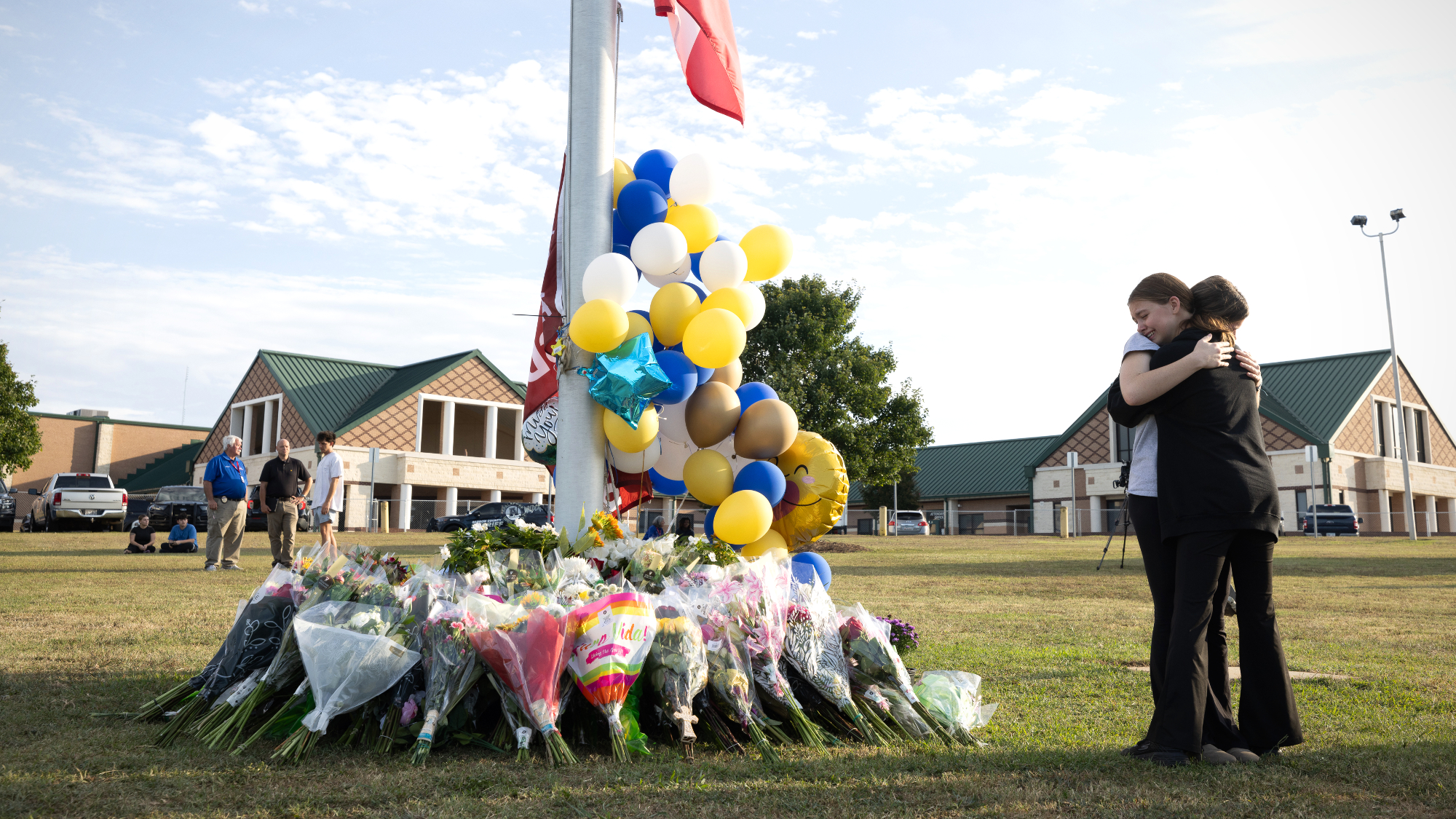 Father of alleged Georgia school shooter arrested
Father of alleged Georgia school shooter arrestedSpeed Read The 14-year-old's father was arrested in connection with the deaths of two teachers and two students
-
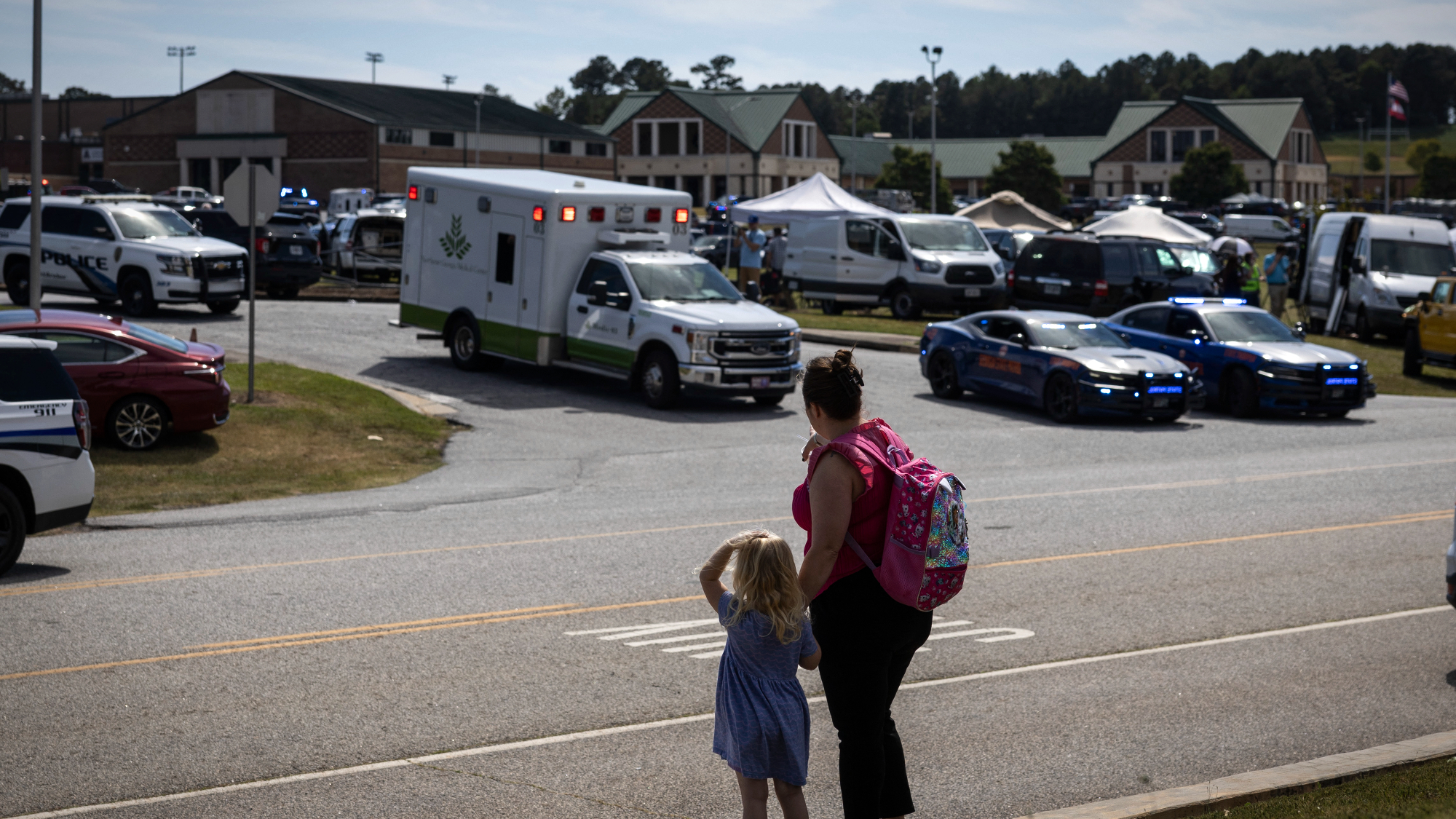 Teen kills 4 in Georgia high school shooting
Teen kills 4 in Georgia high school shootingSpeed Read A student shot and killed two classmates and two teachers at Apalachee High School
-
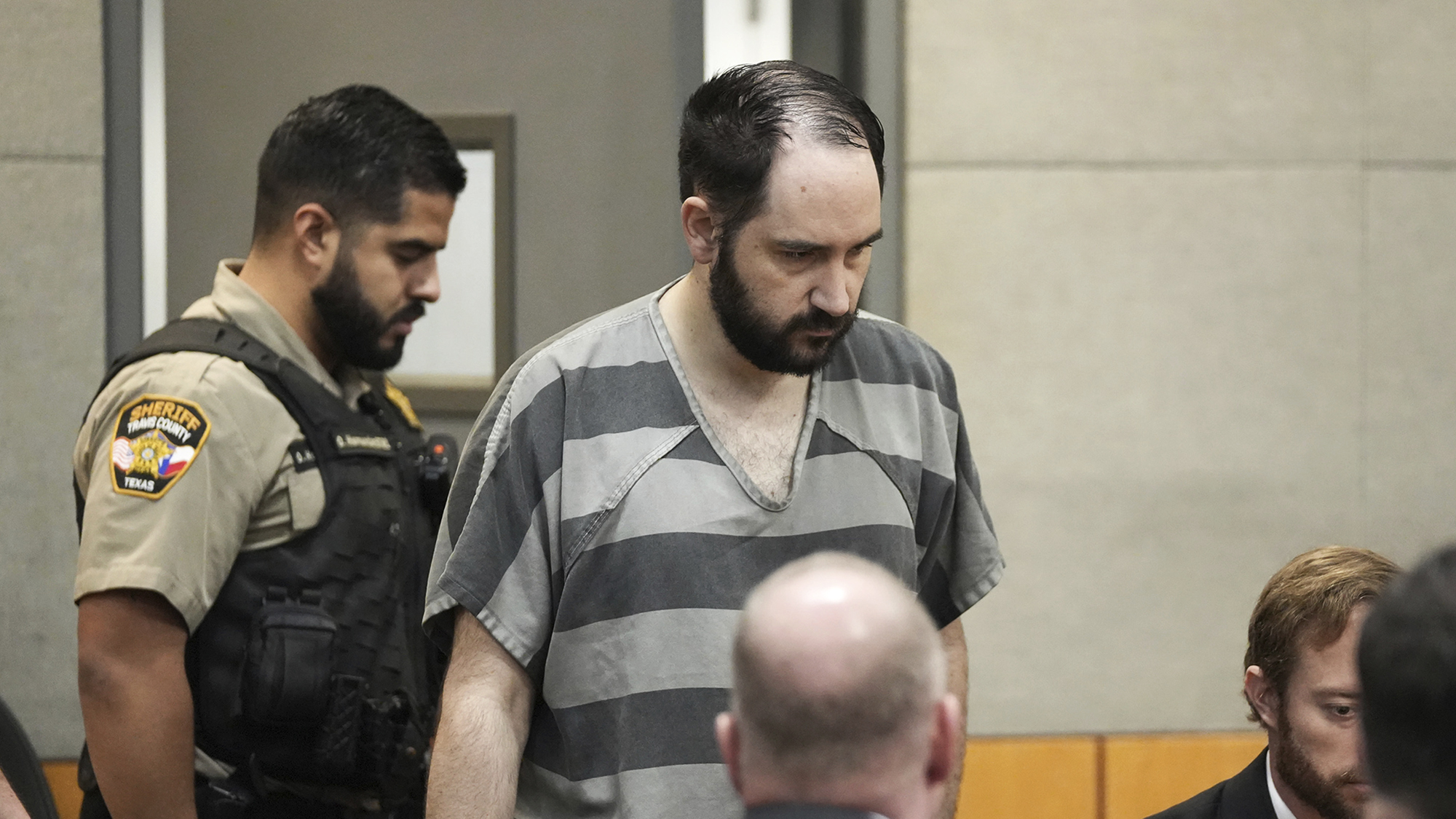 Texas governor pardons man convicted of BLM murder
Texas governor pardons man convicted of BLM murderSpeed Read Gov. Greg Abbott granted a full pardon to Daniel Perry, who shot a Black Lives Matter protestor